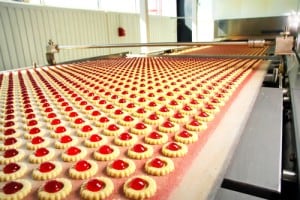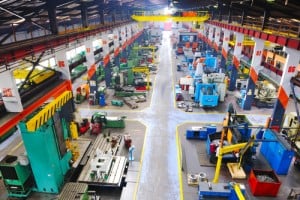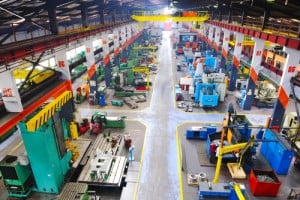How to Define Manufacturing Traceability ??? Part 1
Traceability is one of those words that’s been around for awhile now in manufacturing and the supply chain and has lots of different meanings. It just means different things to different people.
In the supply chain, its meaning may be more consistent but when you get to manufacturing it really does mean lots of different things to different people.
One of my favorite examples is the food industry. They talk about the notion of “farm to fork.” And, that sounds good and may even make some sense, but trying to figure out what that really means is tough. And, when you get in the manufacturing plant it’s even harder. (So, I’ll save some of that discussion for a later day.)
In the supply chain, traceability is really better defined and most people probably have a good working definition. Supply chain traceability is a lot like what UPS and FedEx do with their packages. They scan the packages every time the package moves from point A to point B.
So, the traceability history on the package is just a list of all the moves. The list starts out with the package being created and then picked up. It moves all over the country with an entry for every move, and then it gets delivered. Very powerful, very valuable, and exactly what’s needed for the supply chain.
But, that’s not what’s needed for manufacturing traceability. In fact, that pretty much won’t work at all. And, for those of you that work in a manufacturing plant, you already know why. The supply chain may be about moving stuff around all over the place, the manufacturing plant is all about transforming stuff from one thing into another. It’s about combining things, processing things, building things, and making something entirely new and different come out the other end.
So, the point is, what traceability means in the supply chain, and what you do to achieve traceability in the supply chain, is nothing at all like traceability in manufacturing.
In fact, traceability in the supply chain is pretty straight forward. No, that doesn’t mean it’s easy or cheap, just that there’s lots of really good solutions out there that work really well. It’s a mature industry and you can be confident of the solutions.
For example, you probably already know about all the GS1 stuff. That’s the global standard for barcodes throughout the supply chain, and coupled with the global registry, the global data synchronization, and so on, provides some really great solutions for the supply chain.
But, again, even as great as all that stuff is in the supply chain, it won’t work in manufacturing. Manufacturing is a different problem set, a different nut to crack, and must have different solutions.
The solutions in manufacturing must be focused on the manufacturing operations themselves. That is, the transformation of materials from one thing to another through the application of manufacturing processes, manufacturing equipment, and manufacturing labor.
The supply chain is all about moving stuff around. Manufacturing is all about making stuff. It’s just a totally different animal.
So, I’ve said all this just to try to get you started thinking about traceability in manufacturing. Not that you probably haven’t already been thinking about it. Actually, I’m pretty sure you have already been thinking about it a lot, as a lot of people have. It’s just that no one’s sure what to do, exactly. It’s a tough nut to crack.
So, we’ll talk some more about it and try to get into some more of the details around manufacturing traceability. In the meantime, think about it some more, think about manufacturing versus the supply chain, and let me know what you come up with.




